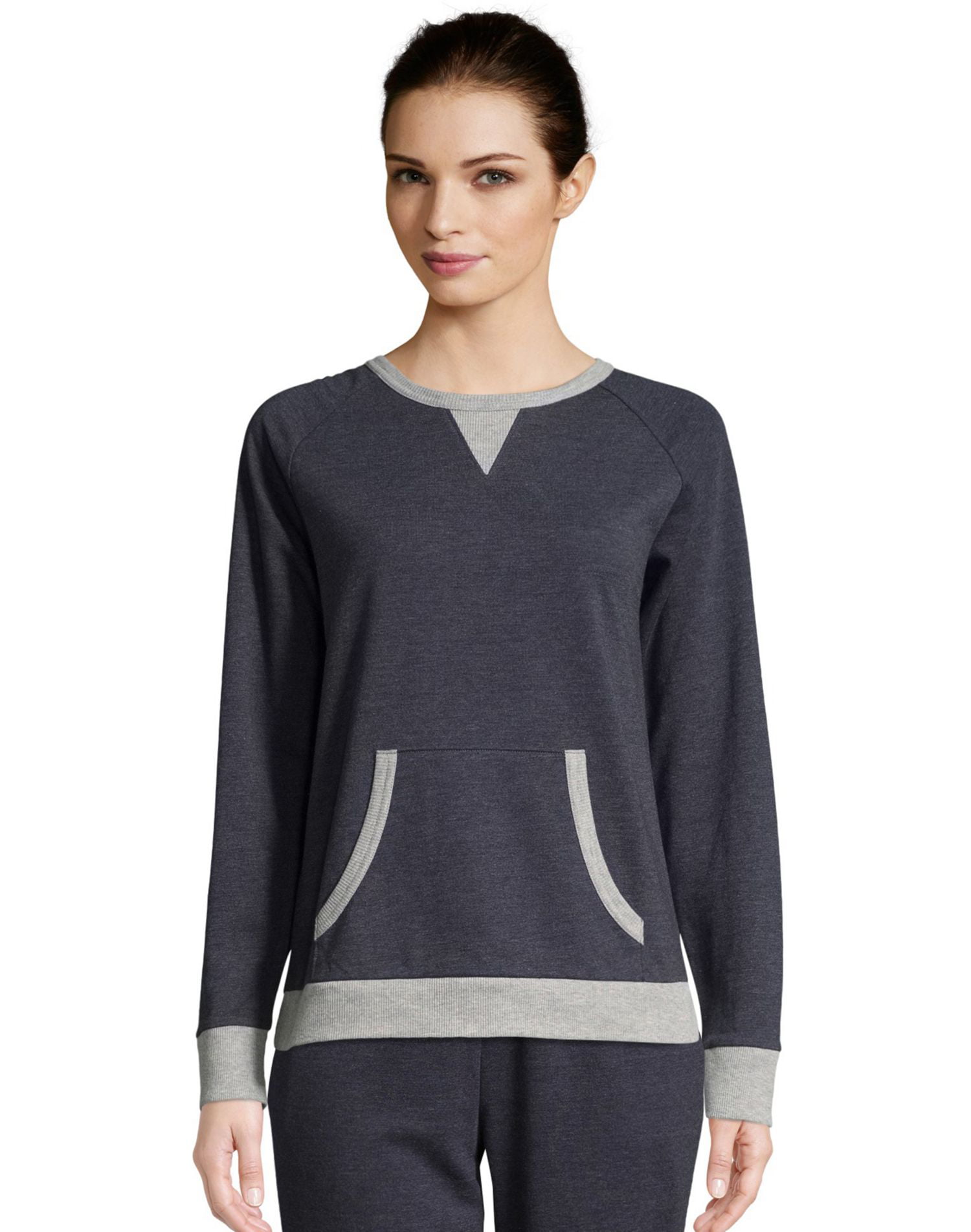What to Consider When Deciding on the Right Sweatshirt

Sweatshirts are long-sleeved, pullover shirts that are typically composed of cotton-rich fabric. They are usually worn casually but aren't as formal as sweater s or cardigans. They might not come with an hood. If you are interested in purchasing a sweatshirt, here are some tips:
Norma Kamali sparked the appeal of sweatshirts
Since the mid-70s the Norma Kamali brand has transformed the basic sweatshirt into an art form. Her designs are now an integral part of almost all women's wardrobes. Her unique styles range from a tummy-tucking crew neck , to leather paneled sweatshirts. She has also created clothing in unusual forms, like tanks with a long trumpet skirt.
A collaboration of the designers and the manufacturer of sweatshirts Everlast led to her Timeless line, which was a huge hit when it was featured in the Spiegel spring 2006 catalog. The collection featured interchangeable and convertible knits in classic silhouettes and many of the pieces were priced under $20. Even even if Norma Kamali's Timeless collection was not available in stores, customers were able to find the pieces through eBay as well as Poshmark.
Merino wool sweatshirt s are more comfortable than sweatshirts with soft fabrics.
Merino wool is renowned for its moisture-wicking capabilities which help to keep you comfortable and dry. This is a naturally-occurring fibre that has a softer feel. The fabric also dries quickly when compared with other natural material. Additionally, merino is a sustainable resource. The merino sheep shed coats every year and regrow new coats.
Merino's weight-to-heat ratio is high, and the warmth of wool is one of the reasons it's popular for sweatshirts. It aids in controlling body temperature due to its natural loft, which retains heat in the fibers. This is the reason Merino wool sweatshirts work ideal for summer and outdoor activities like hiking, mountain biking and running. The warmth they provide keeps the wearer comfortable and dry. This is crucial for working out.

Zip-front hoodies have kangaroo pocket
Kangaroo pocket hoodies are a popular style of hoodie. These hoodies feature a huge pocket on the front, which helps keep your hands warm on chilly days. They're also more practical than traditional pockets because they permit your hands to slide in and out effortlessly.
Kangaroo pockets are typically large enough to fit a wallet or some other small items for personal use. They're usually big enough to hold a small hand or even sufficient to hold two hands. They are wide on either side and make them ideal for carrying small objects.
French Terry fabric is a well-loved fabric for sweatshirts
The French Terry fabric is constructed of soft yarns that are knit into loops and are typically medium-weight. It is also noted as a fabric that wicks away moisture and is already pre-shrunk. French Terry is an excellent option for sweatshirts since it is warm when you need it and keeps your cool when you want to cool down.
French terry is also popular for loungewear, since it is stretchy enough and has enough flexibility to feel good against your skin. It also allows for enough air to circulate throughout the fabric, which makes it ideal for layering underneath other clothes. Furthermore, since it is lighter than other sweatshirts you can wear it throughout the year without feeling too warm or cold.
Hoodies are classy and have a connotation of class.
Although it might appear that hoodies are just an appropriate attire item for working class people but the truth is that they have a classist connotation. Hoodies were first used in the early 1970s in New York, where graffiti artists would wear them to conceal their identities. In 1976, hoodies made their major film debut in "Rocky," when the working-class title character wore hooded gray sweats on his memorable climb to the top of the steps of the Philadelphia Museum of Art.
Hoodies are often associated with destruction, death, and other undesirable things, and yet they also serve practical purposes. For instance, priests and monks can wear hoods to demonstrate modesty and inward focus.
